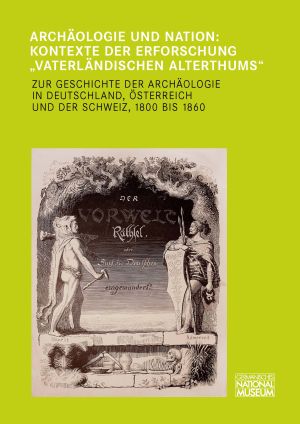How to Cite
License (Chapter)

This work is licensed under a Creative Commons Attribution-NonCommercial-NoDerivatives 4.0 International License.
Published
Keltische Forschungen im 19. Jahrhundert zum Zweck regionaler Identitätskonstruktionen
Eine Forschungsskizze
19th Century Celtic Research and the Construction of Regional Identities: A Research Outline
During the 19th century, ‘Celtic mania’ was a term of abuse, used for the purpose of personally attacking and academically discrediting particular authors who saw a place for Celts and Celtic culture in German national history. Although contemporary and present-day academics agree that their motivations were not primarily scholarly, the works of these ‘Celtomaniacs’ can shed light on the creation of regional identities during a period of growing supraregional nationalism. The collection of Celtic place-names and the documentation and interpretation of Celtic monuments created a sense of identity that was closely related to the regional landscape. The ‘perception of the permanence and durability of the physical environment’ gave people a feeling of security, particularly in unsettled times. Franz Joseph Mone, Wilhelm Obermüller and Adolf Bacmeister created the pieces from which people in non-Prussian states could create a ‘mosaic identity’ and define themselves, firstly, as citizens of Baden, Hesse, or Württemberg and, secondly, as Germans. This recognition supports the theories of Celia Applegate, Alon Confino, Dieter Langewiesche, and others, that federal concepts were an integral component of German nation-building in the 19th century.







